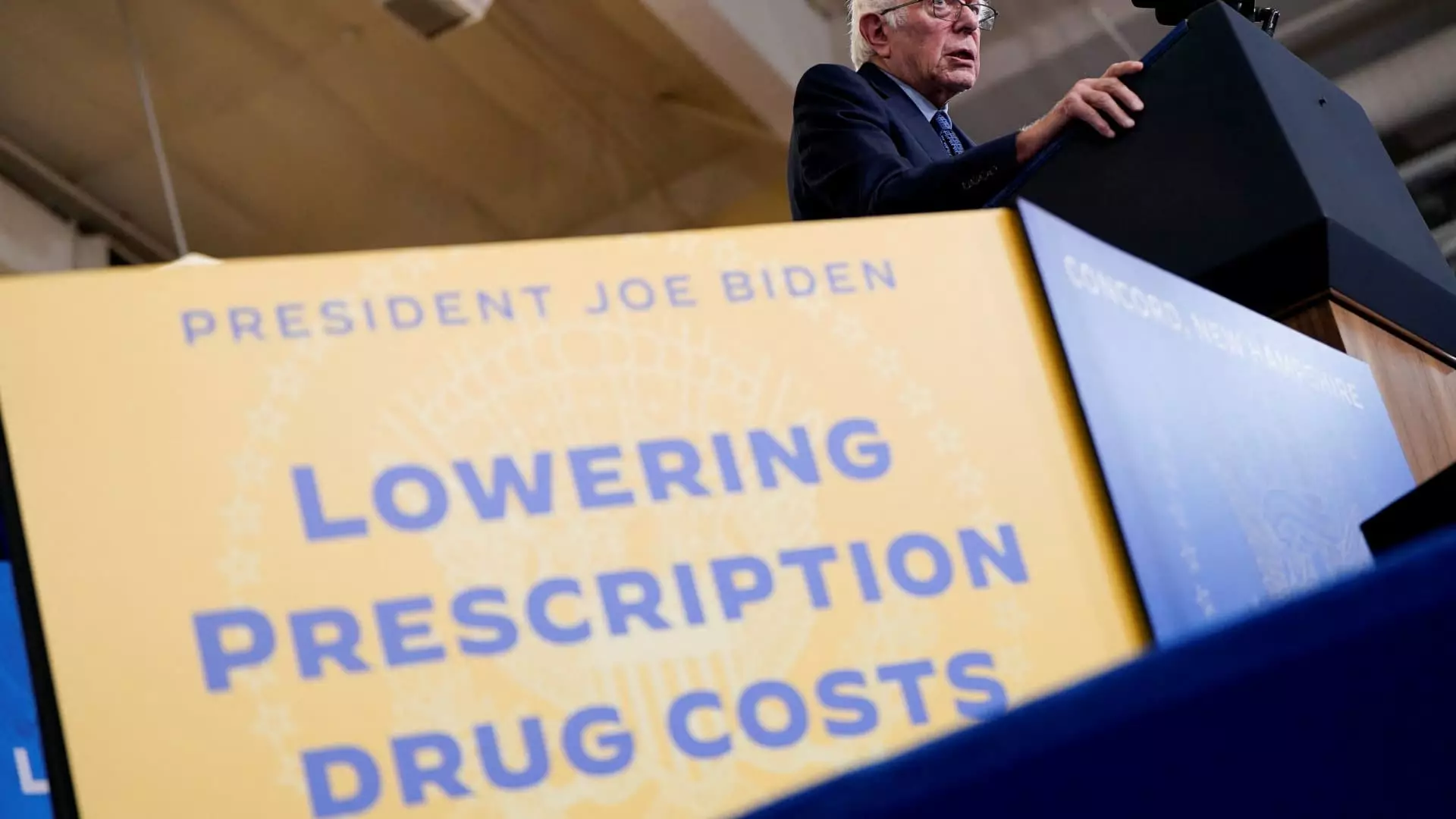The Medicare landscape is undergoing a substantial transformation aimed at alleviating the financial burdens faced by older adults in the United States, particularly in regard to prescription drug costs. A recent report by AARP highlights the significant potential for savings that could result from the newly implemented $2,000 cap on out-of-pocket expenses for Medicare beneficiaries. This initiative represents a fundamental shift in healthcare policy, as it addresses a pervasive issue—high drug costs that disproportionately affect aging citizens.
Seniors in the U.S. have long faced exorbitant prices for prescription medications, often spending two to three times more than their counterparts in other developed nations. For many, accessing critical treatments for chronic conditions, such as cancer and rheumatoid arthritis, has been a daunting financial challenge. As this situation grew increasingly untenable, calls for reform grew louder, culminating in the passage of the Inflation Reduction Act by President Joe Biden in 2022. The implementation of a $2,000 cap signifies a move towards more equitable healthcare access and financial stability for Medicare patients.
The AARP report elucidates that a staggering 94% of over one million Medicare Part D enrollees who are expected to hit the new cap by 2025 will see reduced out-of-pocket costs. This savings could average an impressive $2,474 per person, translating to a nearly 48% reduction in total spending. It is important to note that these findings exclude those beneficiaries who are eligible for certain low-income subsidies or are part of employer waiver plans, thereby providing a clearer picture of the cap’s impact on distinct segments of the senior population.
Furthermore, the report indicates that around 62% of these enrollees are projected to save more than $1,000, while 12% could see savings exceeding $5,000. These financial improvements are noteworthy as they could significantly alleviate the stress of financial trade-offs, allowing seniors to allocate funds towards essential living expenses, such as food and housing. Leigh Purvis, AARP’s principal for prescription drug policy, emphasizes the real-world implications of these savings, especially for individuals living on fixed incomes, where every dollar counts.
Despite the reported savings potential, the landscape is not without its complexities. Changes to Medicare Part D premiums are anticipated in 2025, and there has been concern regarding how they will interact with the new out-of-pocket cap. Critics often cite rising premiums as a potential downside of reforms, often oversimplifying the broader context. While it’s true that the introduction of negotiated prices for medications will roll out only in 2026, the AARP report argues that the overall savings from the out-of-pocket cap will more than compensate for premium increases.
Critics must recognize that the overall financial dynamics for Medicare beneficiaries are changing. The projected reduction in out-of-pocket expenses will likely yield a net benefit for the majority of seniors, and as the negotiated prices for the first ten drugs come into effect in 2026, we can expect even greater long-term benefits. As Purvis notes, these savings have far-reaching implications that go beyond just individual patients, potentially easing the financial pressures on caregivers and families as well.
The benefits of the $2,000 cap extend beyond mere numbers; they reflect a commitment to improving the lives of millions of Americans. With projections indicating that 3.2 million Medicare recipients could experience savings in 2025 from the new cap—and this number rising to 4.1 million by 2029—the impact of these reforms will resonate throughout the healthcare system. Medicare serves approximately 66 million individuals, with over 50 million enrolled in Part D plans as of 2023.
The new $2,000 cap on out-of-pocket prescription drug costs emerges as a beacon of hope for many seniors grappling with high medication prices. The anticipated savings are a testament to the importance of policy reforms that prioritize the well-being of vulnerable populations. As we move forward, we must remain vigilant in monitoring these changes and advocate for continued reforms that ensure equitable healthcare access, underscoring our collective responsibility to uphold the dignity and health of our aging population.

